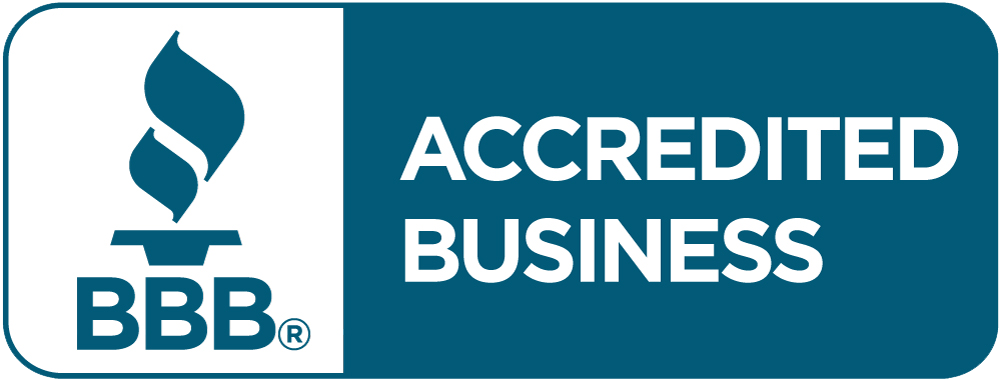Securing your business against cyber threats is more critical than ever. One of the most effective strategies to enhance your security posture is implementing Multi-Factor Authentication (MFA). MFA adds an extra layer of protection by requiring users to provide two or more verification factors to gain access to a system, making it significantly harder for unauthorized individuals to compromise accounts. In this blog, we'll walk you through the steps to implement MFA in your business, highlight its benefits, and provide guidance on how TotalBC can assist you in this process.
What is Multi-Factor Authentication?
Multi-Factor Authentication (MFA) is a security measure that requires users to provide two or more independent credentials to verify their identity. These factors generally fall into three categories:
- Something You Know: This typically refers to passwords or PINs.
- Something You Have: This could be a physical token, such as a smartphone, a smart card, or a security key.
- Something You Are: This involves biometrics, such as fingerprints, facial recognition, or voice recognition.
By requiring multiple forms of verification, MFA significantly enhances the security of your business's systems, reducing the risk of unauthorized access even if a password is compromised.
Benefits of Multi-Factor Authentication
- Enhanced Security: MFA provides a stronger defense against attacks such as phishing, credential stuffing, and brute force. Even if an attacker obtains a password, they would still need the additional factors to gain access.
- Reduced Risk of Data Breaches: By making unauthorized access more difficult, MFA helps protect sensitive data, reducing the risk of costly data breaches and regulatory fines.
- Compliance with Regulations: Many industries are subject to regulatory requirements that mandate MFA for accessing certain types of data. Implementing MFA helps ensure compliance with regulations such as GDPR, HIPAA, and PCI-DSS.
- Improved User Confidence: Knowing that their accounts are protected by multiple layers of security can increase users' confidence in the safety of their information.
How to Implement Multi-Factor Authentication
1. Assess Your Needs
Begin by evaluating which systems and applications within your business require MFA. Focus on critical systems that handle sensitive data, such as email accounts, financial systems, and administrative tools. Understanding your specific needs will help you select the most appropriate MFA solution.
2. Choose the Right MFA Solution
There are various MFA solutions available, each offering different features and levels of security. Some common options include:
- Authentication Apps: Apps like Google Authenticator, Microsoft Authenticator, or Authy generate time-based one-time passwords (OTPs) for verification.
- SMS or Email Codes: Temporary codes are sent via SMS or email, though this method is less secure compared to other options.
- Hardware Tokens: Physical devices that generate or receive codes.
- Biometrics: Fingerprint scanners, facial recognition, or voice recognition technologies.
Consider factors such as ease of use, compatibility with your existing systems, and the level of security provided when choosing an MFA solution.
3. Integrate MFA with Your Systems
Once you've selected an MFA solution, the next step is integration. Many modern applications and services offer built-in support for MFA. Follow these steps:
- Enable MFA: Access the security settings of the application or system and enable MFA. This typically involves selecting the MFA method and configuring it according to the chosen solution.
- Test the Integration: Before rolling out MFA to all users, perform thorough testing to ensure the integration works correctly and does not interfere with normal operations.
- Educate Users: Provide training and resources to help users understand how to use MFA effectively. Clear instructions and support will ease the transition and reduce the likelihood of resistance or errors.
4. Monitor and Maintain MFA
Implementing MFA is not a one-time task. Regular monitoring and maintenance are essential to ensure ongoing security:
- Monitor Authentication Logs: Regularly review logs for unusual or suspicious activity, such as failed login attempts or unauthorized access attempts.
- Update MFA Methods: As technology evolves, periodically assess and update your MFA methods to ensure they remain secure and effective.
- Support and Troubleshoot: Provide ongoing support to users who may experience issues with MFA. Address any problems promptly to avoid disruptions in access.
Conclusion
Implementing Multi-Factor Authentication is a crucial step in safeguarding your business's digital assets. By requiring multiple forms of verification, MFA enhances security and helps protect against unauthorized access. While the process may seem complex, following these steps will ensure a smooth implementation and bolster your business's defenses.
At TotalBC, we understand the importance of robust security measures and are here to assist you with implementing Multi-Factor Authentication in your business. Our team of experts will guide you through the selection, integration, and maintenance of MFA solutions tailored to your needs. Don't leave your business vulnerable to cyber threats---contact us today to enhance your security with MFA and other comprehensive IT services. Visit TotalBC Managed IT Services, call us at 866-673-8682 or schedule a consultation to get started.
Secure your business's future with TotalBC---your trusted partner in cybersecurity and IT solutions in Charlotte, NC, Spartanburg, SC, Greenville, SC, Charleston, SC, Wilmington, NC, Rock Hill, SC and Fort Mill, SC. We are thrilled to offer our services to businesses across North and South Carolina.



